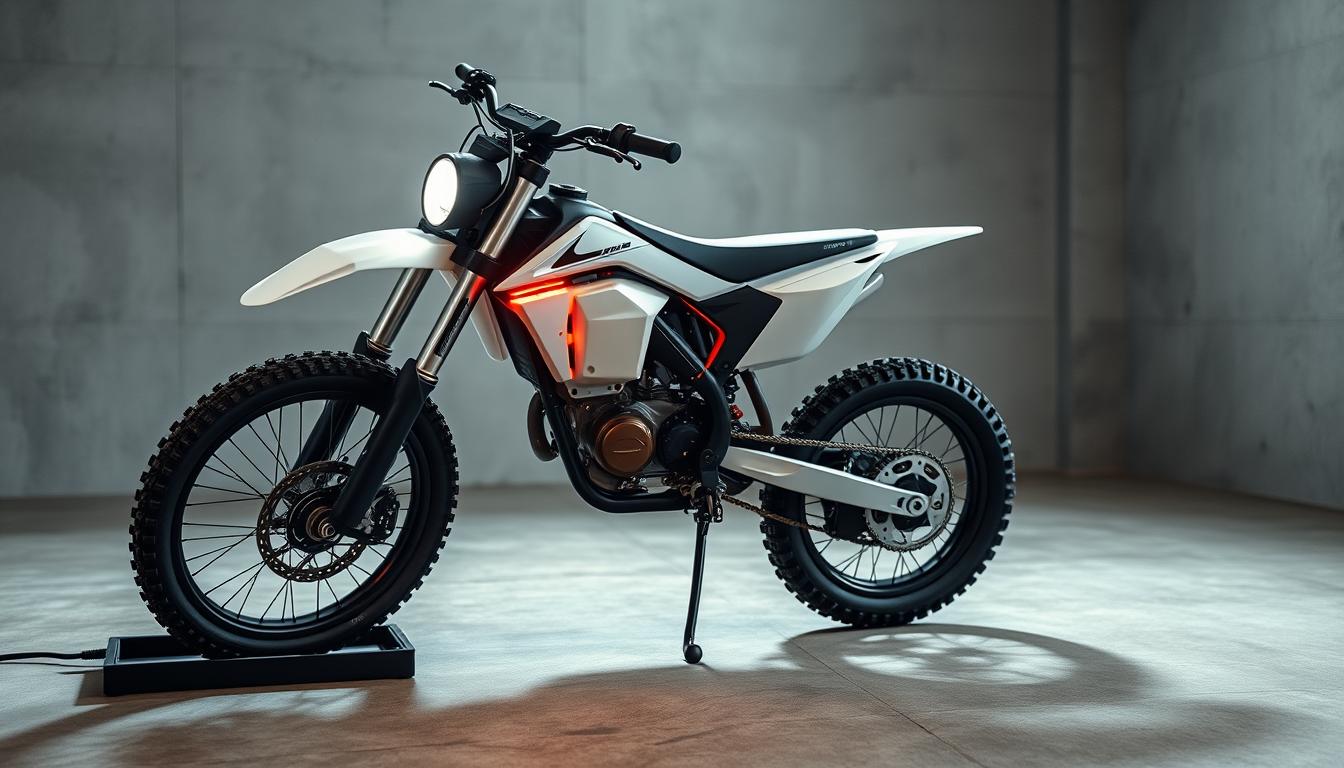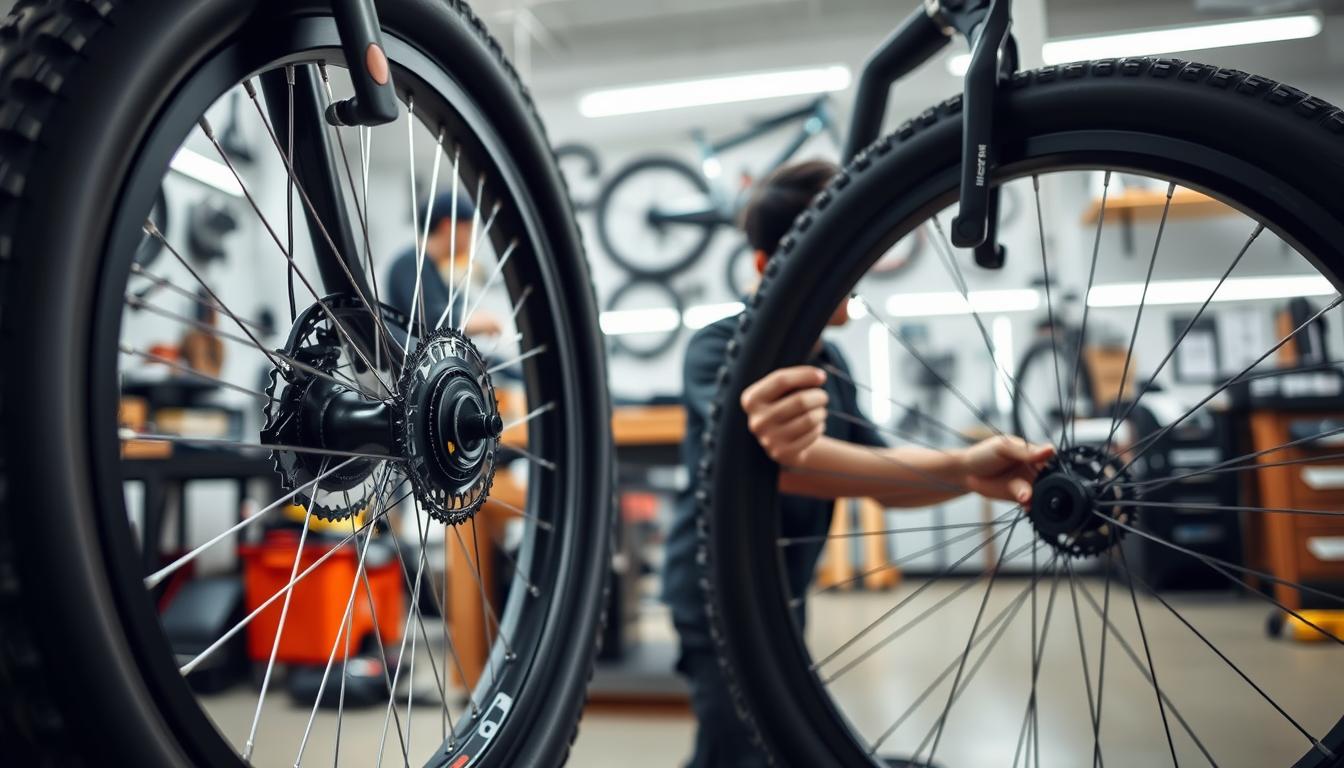Grab life by the handlebars and enjoy your new electric bike straight out of the box. To ensure you’re ready to hit the road right away, it’s essential to understand the process of installing the handlebars. Since a bike’s handlebars are among the widest parts, they often need to be removed or loosened to fit inside the shipping box.

Replacing your e-bike’s handlebars can significantly enhance your riding experience by providing better ergonomics and control. This comprehensive guide will walk you through the entire process, from understanding the necessity of new stem and handlebars to making the final adjustments, ensuring a successful assembly and installation.
Whether you’re upgrading for comfort, performance, or due to damage, this guide provides all the necessary information and instructions to complete the job properly and safely.
Understanding EV Bike Handlebars and Preparation
Before diving into the replacement process, it’s essential to grasp the fundamentals of EV bike handlebars. EV bike handlebars are not just a simple component; they house various critical parts such as control switches, display units, and wiring that connects to your bike’s motor system.
Why You Might Need to Replace Your Handlebars
There are several reasons you might need to replace your EV bike’s handlebars. These include damage to the existing handlebars, a desire for different ergonomics to improve comfort, or the need to upgrade to accommodate additional accessories. Customizing your riding position for better comfort on long rides is also a common reason.
Tools and Materials You’ll Need
To replace your EV bike handlebars successfully, you’ll need the right tools and materials. These include hex keys of various sizes (typically 2-4mm), a torque wrench for precise tightening, and specialized tools for handling electronic components. For instance, you may need a TL-EW02 Di2 E-Tube Wiring Plug Tool for Shimano STEPS systems. The list of things you will need includes:
- 2, 3, 4mm Hex key
- Torque wrench
- Spare 450mm minimum 4mm Shift housing (for the guided method)
- Electrical tape (for the guided method)
- A pick tool (optional for the freehand method)
- Minimum 650mm EW-SD50 wire or EW-SD300 wire, depending on your bike’s system
Safety Considerations Before Starting
Before you start, ensure you have a clean, well-lit workspace. It’s also crucial to disconnect the battery to prevent any accidental start-ups. Wearing appropriate hand protection and understanding the proper torque specifications are also vital to prevent damage to components or injury.
How to Replace EV Bike Handlebars: Removal Process
To replace your EV bike handlebars, you’ll need to follow a step-by-step removal process. This involves disconnecting electronic components, removing the old handlebars, and preserving wire connections to ensure a smooth transition to the new handlebars.
Disconnecting Electronic Components
Begin by carefully disconnecting all electronic components from your handlebars. This includes the display unit, control switches, and any other accessories mounted to the bars. It’s crucial to take note of wire routing and connection points to avoid system malfunctions or damage to sensitive electronic parts.
- Carefully label each wire to facilitate reconnection later.
- Use a systematic approach to keep track of the different components and their respective connections.
Removing the Old Handlebars
To remove the old handlebars, locate the stem bolts, usually found on the face plate, and loosen them evenly using the appropriate hex key. Make sure to support the handlebars as they become loose to prevent them from falling.
STEP 2: BAR TO STEM – With the Stem face plate removed, hold the bar in place with one hand. With your other hand, install the face plates & top bolts. Tighten the top bolts to the stem body until there is no gap between the stem body and face plates. Thread lower bolts until the bar is held in place but can still roll easily.

Preserving Wire Connections
Preserving wire connections is crucial during the removal process. Carefully extract any wires running through the handlebars, noting their routing path and ensuring you don’t pull or damage the connectors. For EV bikes with internal wire routing, you may need to disconnect the wires at both ends before attempting to remove them from the handlebars, or use the old handlebars as a guide for routing wires through the new ones.
By following these steps, you can ensure a successful removal process and be well-prepared for installing your new handlebars.
Installing Your New Handlebars
Now that you’ve removed the old handlebars, it’s time to put the new ones in place. This process involves several key steps to ensure that your new handlebars are properly installed and functioning as expected.
Routing the Wires Through New Handlebars
Before attaching the new handlebars to your EV bike’s stem, you’ll need to route the electronic wires through them. There are two methods to do this: the freehand method and the guided method.
Freehand Method
The freehand method involves carefully feeding the wire through the center port of the handlebar. To do this, take your EW-SD50 or EW-SD300 wire (minimum 650mm) and guide it into the port at the center of the bar. Push it slowly through the bar until it exits the end. Ensure it’s on the same side as your switch. Then, loop the end of the wire back into the end of the bar and guide it through the port. Adjust the wire length so it can reach both your computer at the stem and your switch by the grip.
Guided Method
Alternatively, you can use the guided method, which involves using a shift housing cable as a guide. Run the cable through the handlebar first, then attach your electronic wire to it with electrical tape and pull it through. This method provides more control and reduces the risk of wire damage.
Attaching Handlebars to the Stem
Once the wires are routed, position the handlebars centrally in the stem clamp area. Replace the face plate and thread the bolts evenly without fully tightening them yet. This allows for adjustments to be made.
| Step | Action | Torque Specification |
|---|---|---|
| 1 | Position handlebars centrally | – |
| 2 | Replace face plate | – |
| 3 | Tighten stem bolts evenly | 5-6Nm |
Setting Proper Bar Position and Angle
Setting the proper bar position and angle is crucial for comfort and control. Align the handlebars with your bike’s geometry markings if available. Adjust to your preferred riding position before final tightening of the stem bolts to the specified torque (typically 5-6Nm). Make sure the handlebars are comfortable and provide the desired control.

Final Adjustments and Testing
Completing the handlebar replacement is just the beginning; now it’s time for adjustments and testing to ensure your EV bike is ready for safe and enjoyable rides.
Begin by installing all control units, including the display computer, control switches, and brake levers, positioning them for optimal ergonomics and access while riding. Make sure to properly torque all bolts to manufacturer specifications – typically 5-6Nm for stem bolts and no more than 5Nm for control units and grips.
Next, test all electronic functions of your e-bike, including the display, assist levels, and other features controlled through the handlebar components. Take your bike for a short test ride, paying attention to hand position comfort, ease of reaching controls, and overall handling.
Consider adding water bottle cages for hydration during rides, which can be easily mounted to most frames. If you purchased your bike with free shipping and assembly options, keep the original packaging and instructions for future storage or shipping needs.

